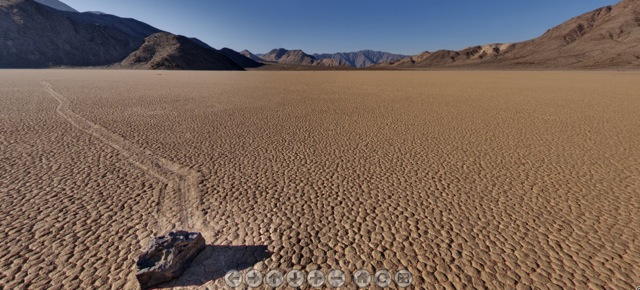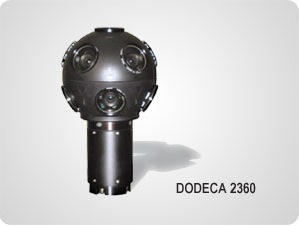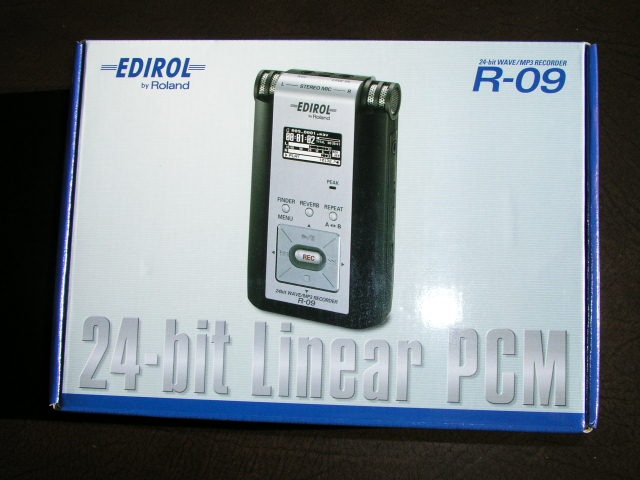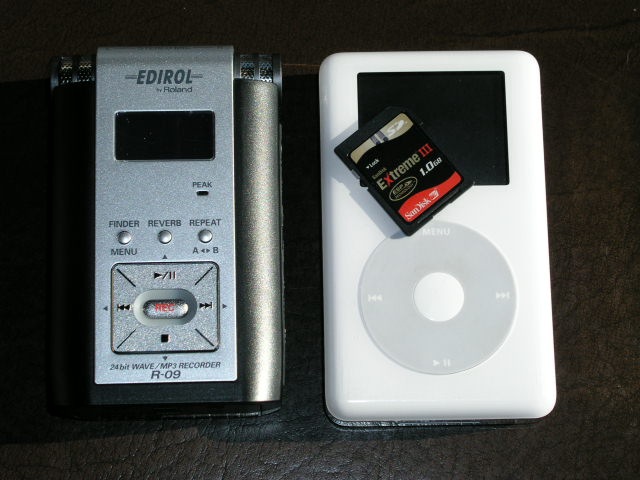Better tools and some thoughts on Flash.
[column width=50% padding=3%]
I have decided to do some new work in Virtual Reality panoramas, having written extensively in these pages about the technique some four years ago. Snow Leopard refuses to let either PTMac – the software used to stitch the constituent images – or CubicConverter – which converts the stitched panorama into Virtual Reality format – work, so my first port of call was to ace panoramic pro UK photographer Rod Edwards. Rod has got this technique down and one of the most stunning examples of VR I have seen is his panorama of the famous Racetrack in California’s Death Valley which can be seen by clicking here.
Following Rod’s advice I settled on PTGui for stitching and Pano2VR for VR generation. Processing VR panoramas is a two step process – first stitch the constituent images into a seamless flat whole, then convert that image into a circular panorama which the viewer can pan at will in all directions, not to mention the ability to zoom in and out.
In the process I learned a couple of things. First, the software is now friendlier than before, though the Panotools engine used by PTGui seems identical to that used by the obsolete PTMac. Second, Pano2VR is an excellent tool making it easy to add sound, navigation controls and copyright data. But, most importantly, I learned how superior Adobe’s Flash is to Apple’s Quicktime. Yes, Pano2VR can generate VR files in either format. The Flash versions are half the size and offer far more control. Panning in Flash panoramas is also much smoother than the jerky alternative in Quicktime. Yes, the very same Flash which greedy piggy Steve Jobs has banned from the iPad. It’s ironical that Quicktime VR is no longer supported by Apple’s own latest version of their media player, QuickTime X, as they appear to be abadoning the VR format. But you don’t expect Apple to tell you that now, do you?
[/column]
[column width=45% padding=2%]
So to play a jerky Quicktime VR pano you have to download the older Quicktime 7 if it’s not on your system. Let’s hope the anti-trust powers stomp on Jobs’s arrogance and force him to open the iPad to Flash. If not, the competition will see to it in any case, and I’ll be first in line for a tablet which plays Flash and has a built in SDXC card reader. What a jerk! Here’s a guy who has a monster ego and a huge vendetta against Adobe for some reason. A little power is a dangerous thing ….
As a quick proof of concept, I snapped six pictures of a loft interior using the Canon 5D and Canon fisheye lens mounted vertically on the King Pano panoramic head. The excellent King Pano remains available and I recommend it. You do not need a fisheye to use it but a fisheye lens is the way to go if you want to do 360 degree Virtual Reality panoramas. Even with regular lenses, the King Pano is immensely useful as it provides the correct nodal point offset for the camera, meaning your efforts to stitch images properly will be speedily rewarded. Determination of the right setting for rotation of your rig about your lens’s nodal point is not that hard, and well explained in many places on the web, including on this site.
As proof of concept, click on the picture below. I have added some Vivaldi to jolly things along and the whole thing takes a minute or so to download. I did not bother using HDR, though that technique is highly recommended in VR work owing to the huge dynamic range frequently encountered – look at the burned out windows as an example. HDR fixes that. Nor did I fill the zenith and nadir holes, concentrating on the core stitching functionality instead. So next week it’s off to Point Lobos to do the real thing. In the image below I used TIFF files for maximum definition and you are looking at the Flash version.
[/column]
[end_columns]
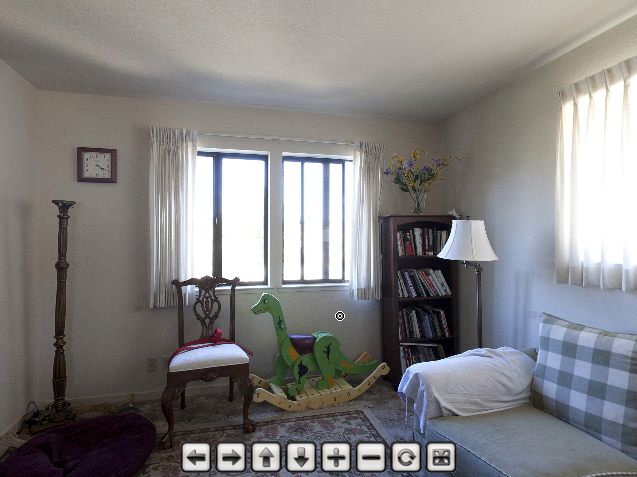
Will NOT play on an iPad.
To view a selection of my earlier panoramas, please click here. These use Quicktime7.
Disclosure: No connection to, or investment in, any of the companies mentioned in this article.
